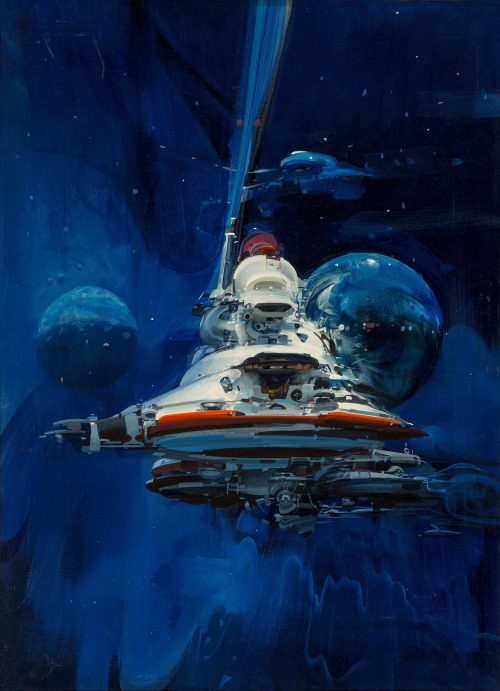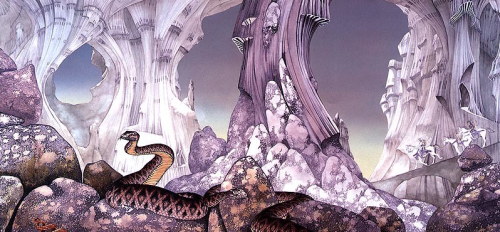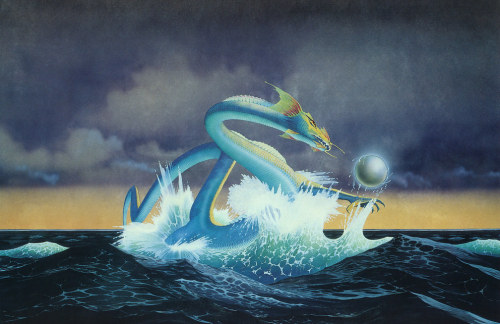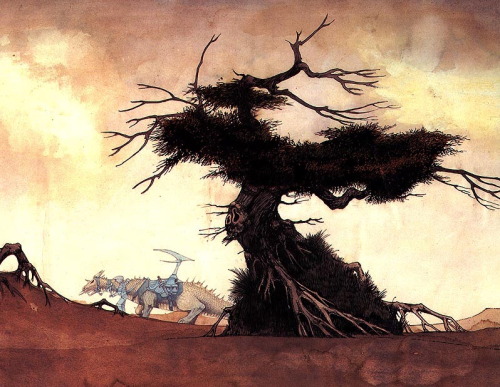This Impressive Storm Captured By Geoff Green Over West Australia In August 2018, Gives You An Idea Of
This impressive storm captured by Geoff Green over West Australia in August 2018, gives you an idea of the huge frequency at which lightning happen in an extreme weather event
Instagram: wonders_of_the_cosmos
More Posts from Epic-flight and Others

JOHN BERKEY Unknown Acrylic/Casein 29.5″ x 21.625



Illustrations by Roger Dean.

Another beautiful space painting from my friend Steve R Dodd. ‘The Beacon’. Originally displayed in NASA’s 25th anniversary art show, Cleveland Museum of Natural History (1980s)

VMF-422 Corsairs

Scorpius Rising, photographed from Mt. Laguna, California. (Hendren Imaging)

Shot by Ted Emmons

Peering deep into the core of the Crab Nebula, this close-up image reveals the beating heart of one of the most historic and intensively studied remnants of a supernova, an exploding star. The inner region sends out clock-like pulses of radiation and tsunamis of charged particles embedded in magnetic fields.
The neutron star at the very center of the Crab Nebula has about the same mass as the sun but compressed into an incredibly dense sphere that is only a few miles across. Spinning 30 times a second, the neutron star shoots out detectable beams of energy that make it look like it’s pulsating.
The Hubble Space Telescope snapshot is centered on the region around the neutron star (the rightmost of the two bright stars near the center of this image) and the expanding, tattered, filamentary debris surrounding it. Hubble’s sharp view captures the intricate details of glowing gas, shown in red, that forms a swirling medley of cavities and filaments. Inside this shell is a ghostly blue glow that is radiation given off by electrons spiraling at nearly the speed of light in the powerful magnetic field around the crushed stellar core.
Read more about this image HERE.
Make sure to follow us on Tumblr for your regular dose of space: http://nasa.tumblr.com


| instagram | behance | ello |

Saturn seen from Titan, illustrated by David Egge, 1978.
-
 greenstrong liked this · 1 month ago
greenstrong liked this · 1 month ago -
 uraeuseraph reblogged this · 4 months ago
uraeuseraph reblogged this · 4 months ago -
 uraeuseraph liked this · 4 months ago
uraeuseraph liked this · 4 months ago -
 cernunnos1990 reblogged this · 4 months ago
cernunnos1990 reblogged this · 4 months ago -
 cernunnos1990 liked this · 4 months ago
cernunnos1990 liked this · 4 months ago -
 firstsciencepoemcop reblogged this · 5 months ago
firstsciencepoemcop reblogged this · 5 months ago -
 firstsciencepoemcop liked this · 5 months ago
firstsciencepoemcop liked this · 5 months ago -
 pundelmurra2 reblogged this · 5 months ago
pundelmurra2 reblogged this · 5 months ago -
 pundelmurra2 liked this · 5 months ago
pundelmurra2 liked this · 5 months ago -
 briery liked this · 6 months ago
briery liked this · 6 months ago -
 asherha111 liked this · 7 months ago
asherha111 liked this · 7 months ago -
 glenmir reblogged this · 8 months ago
glenmir reblogged this · 8 months ago -
 my-jnhill liked this · 8 months ago
my-jnhill liked this · 8 months ago -
 rank-sentimentalist reblogged this · 1 year ago
rank-sentimentalist reblogged this · 1 year ago -
 rank-sentimentalist liked this · 1 year ago
rank-sentimentalist liked this · 1 year ago -
 72eli liked this · 1 year ago
72eli liked this · 1 year ago -
 gillianleeeza reblogged this · 1 year ago
gillianleeeza reblogged this · 1 year ago -
 krampn reblogged this · 1 year ago
krampn reblogged this · 1 year ago -
 artzandfashion reblogged this · 1 year ago
artzandfashion reblogged this · 1 year ago -
 cataradical liked this · 1 year ago
cataradical liked this · 1 year ago -
 introspectivesolely liked this · 1 year ago
introspectivesolely liked this · 1 year ago -
 chrisbel liked this · 1 year ago
chrisbel liked this · 1 year ago -
 darth-puma-vader reblogged this · 1 year ago
darth-puma-vader reblogged this · 1 year ago -
 darth-puma-vader liked this · 1 year ago
darth-puma-vader liked this · 1 year ago -
 messier47 reblogged this · 1 year ago
messier47 reblogged this · 1 year ago -
 usmcbuss liked this · 1 year ago
usmcbuss liked this · 1 year ago -
 1st-day reblogged this · 1 year ago
1st-day reblogged this · 1 year ago -
 blacknerdinspiration liked this · 1 year ago
blacknerdinspiration liked this · 1 year ago -
 blacknerdinspiration reblogged this · 1 year ago
blacknerdinspiration reblogged this · 1 year ago -
 celticwarriorcj liked this · 1 year ago
celticwarriorcj liked this · 1 year ago -
 boddigarwinsmas liked this · 1 year ago
boddigarwinsmas liked this · 1 year ago -
 brumeximkalju liked this · 1 year ago
brumeximkalju liked this · 1 year ago -
 sleepersclub reblogged this · 1 year ago
sleepersclub reblogged this · 1 year ago -
 sleepersclub liked this · 1 year ago
sleepersclub liked this · 1 year ago -
 silentvoiceoftheheart liked this · 1 year ago
silentvoiceoftheheart liked this · 1 year ago -
 browneyes1414 reblogged this · 1 year ago
browneyes1414 reblogged this · 1 year ago -
 bytesizeambs reblogged this · 1 year ago
bytesizeambs reblogged this · 1 year ago -
 bytesizeambs liked this · 1 year ago
bytesizeambs liked this · 1 year ago -
 thisk57 liked this · 1 year ago
thisk57 liked this · 1 year ago
